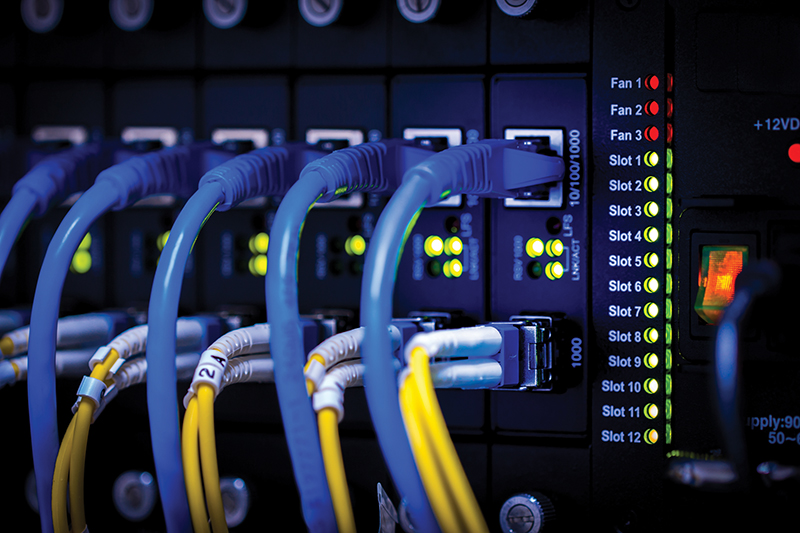 Connectivity is the backbone of our lives. Whether at work, at home (or working from home) the network is a key component of modern living. How will the next twelve months play out for our systems and security?
Connectivity is the backbone of our lives. Whether at work, at home (or working from home) the network is a key component of modern living. How will the next twelve months play out for our systems and security?
Against the backdrop of a global energy crisis, challenging economic outlook and ongoing war in Ukraine, 2023 may have felt more foreboding than the advent of a new year usually would. In spite of this, over the next twelve months we are likely to see the technology industry forge ahead. So how will our working and home lives change due to the introduction of new systems and the evolution of established tech?
The PoE solution
Office and home office environments have become of equal importance in recent years, with at least one person in the household now likely to be working or studying from home during the week. In 2023, convenience and comfort of the home office will take a back seat to creating a smarter, cost- and energy-efficient environment and Power over Ethernet (PoE) can offer households a solution.
Power over Ethernet (PoE) is a technology for implementing wired Ethernet local area networks (LANs), enabling the electrical current needed to operate each device to be carried by Ethernet data cables instead of the usual wiring and electrical power cords. PoE carries both power and data over Ethernet cable, giving consumers the scope to power connected technologies in a more efficient and cost-effective way. Take, for example, smart lighting in the home. Scheduling when the lights turn on and off can offer peace of mind if you’re on vacation, while automated switching off when no motion is detected in a room can save energy.
“As homes become smarter, the demands on connectivity increase and copper becomes a rarer commodity, PoE offers a long-term advantage,” says D-Link’s European Marketing Director, Neil Patel. “We anticipate the next evolution of PoE to be a push for higher power distribution through the wire, but before that happens, we expect more consumers will understand the value, convenience and scope that this streamlined, seamless technology has to offer.”
Supply catches up?
Microchip supply chain issues have been causing serious concerns for the entire technology industry in recent years, and for good reason.
A recent report by Accenture predicted that the supply chain challenges – including the microchip shortage – could result in a potential Eu920 billion cumulative loss to the gross domestic product (GDP) across the Eurozone by 2023, arising from the COVID-19 pandemic and Russia’s invasion of Ukraine. Lead times for some advanced chips needed for medical devices, telecommunications and cybersecurity systems has reportedly extended to approximately 52 weeks, compared to a previous average of 27 weeks, according to data from Everstream – and this doesn’t, of course, factor in product manufacturing time.
According to Neil Patel: “In addition to impacting the ability to produce and meet the demand for existing products, the lack of chip availability has meant a reduction in the capacity to develop new products. Older generations of chips that are used in the manufacture of white goods, for example, are made using equipment that has been used for several years. Innovative new components that run AI models and render graphics in the latest smartphones and computers, however, require cutting-edge technology to manufacture.
“While this all paints a challenging picture, things may be looking up. With the cost of chips being reduced and consumer spending cooling down for a myriad of reasons, supply may yet catch up with the demand in 2023.”
While there are immediate challenges to navigate, we are likely to see the pressure taken off the microchip industry over the next twelve months.”
Read the full article in the February 2023 edition of PSI magazine


